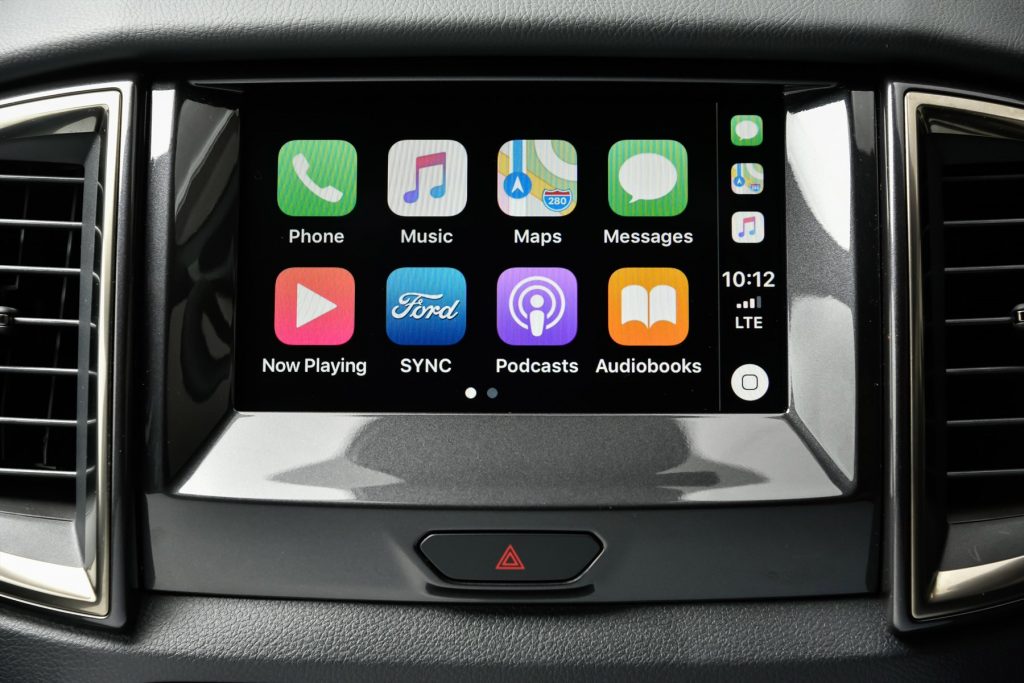The new Ford Everest has undergone a much need overhaul and these changes make its appearance a lot more appealing than its predecessor. Since the introduction of the Everest to the market in 2003, the second-generation Ford Everest has been the best seller of the two generations. I guess Ford decided, “if it aint broke” just tweak it a bit to keep that welcomed appeal by the masses.
As mentioned the Ford Everest has undergone a face lift, that includes tweaks under the hood too but let’s look at some of the changes that have been made to the exterior first. Firstly, the new grille with the distinctive chrome bars and the front bumper underwent an overhaul. The introduction of lager 20inch wheels has made it more aggressive looking and better suited to take on the rugged South African terrain.

The interior of the vehicle also under went some changes and the introduction of sleek gloss finishes. The new touches add some luxury elements to the car, one of my favourites being the keyless entry and the start button to the vehicle. I feel that is the future of cars, the ease of access and the effortless drive are things that consumers are looking for.

The Ford Everest also introduces the 2.0 Turbo and 2.0Bi-Turbo engines and that’s now accompanied by the 10-speed gearbox transmission. The suspension has also been revised to help the vehicle handle better. This was something I felt when taking curves.

Overall, the drive on the Everest is a lot softer and handles a lot like a smaller vehicle which really helps when handling a vehicle of this magnitude. The Everest is noticeably more spacious however, being a 7-seater, this does eat away at the boot space in order to make room for the 6th and 7th passenger. The back seat has decent space allowing tall adults to sit comfortably, I’m just personally not a huge fan of compromising boot space to accommodate passengers I need that boot space for gear!

With the new engine capacities, the Everest can easily haul a full house of passengers while pulling a trailer for that much-needed family vacation. However, it’s good to know that the Bi Turbo pushes out 157kW and 500Nm vs the single turbo that produces 132kW and 420Nm of torque. The Everest drives well however, I feel it may not be practical as an everyday car in the busy and narrow streets of Johannesburg. Unless ofcourse you’re hauling large loads every other day. You’re constantly reminded of it size each time you pull into a mall and shopping complexes as parking design lately don’t necessarily accommodate cars this big. If I were based in Polokwane where the mix of roads are gravel and tar then the Everest would be a no brainer.

The entry cost for the Ford Everest is R552 500 with optional extra’s that include metallic paint and tow bar – which I would highly recommend.
You might also like
More from Cars
The New Face of Car Auction Fraud: Why Smart Buyers Are Getting Burned
South African car buyers are losing thousands to sophisticated fake auction scams on social media. Learn the red flags, verification …
2025 Land Rover Discovery D350 Review: The Ultimate Family SUV for Mzansi Road Trips
To truly test the 2025 Land Rover Discovery D350, we took it on an epic 3,000km journey from Johannesburg to …
2025 Audi A5 Sedan First Impressions: Sleek, stylish and worrisome
After three decades, the Audi A4 has been replaced by the all-new 2025 A5 Sedan. The A5 promises to carry …










